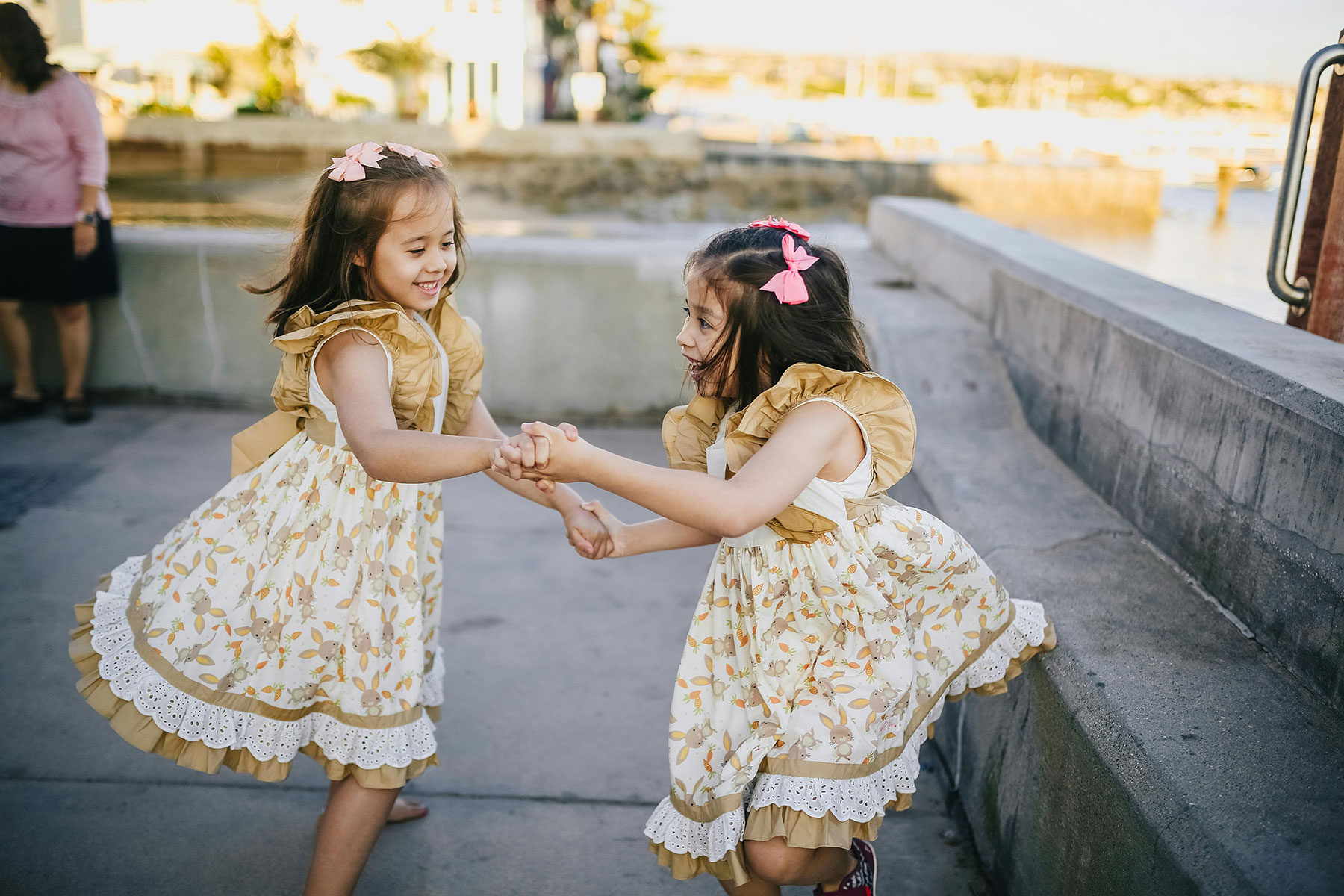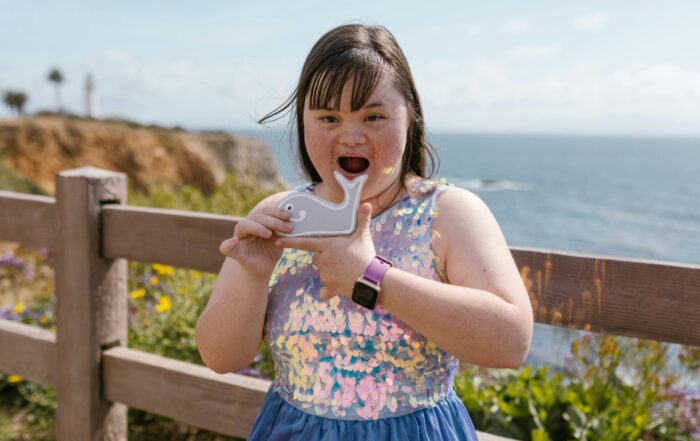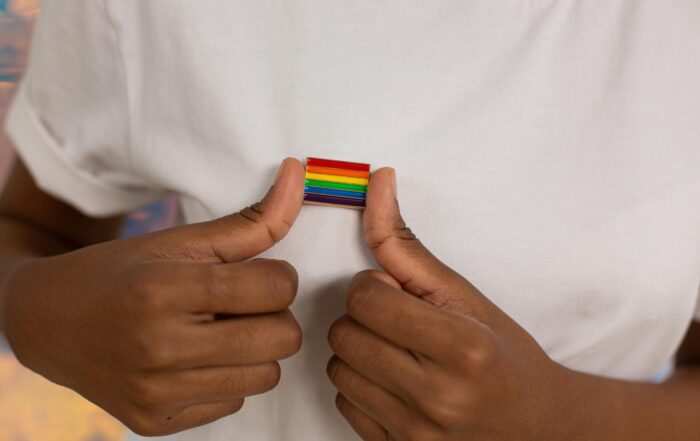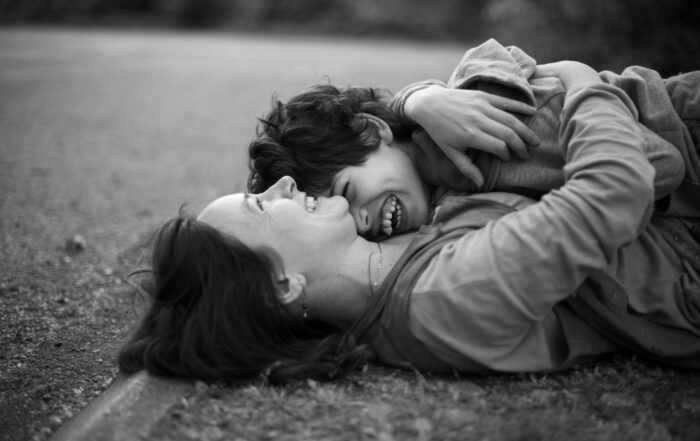
By Helaina Hovitz
As I worked more furiously towards the deadline of finishing the edits on my memoir about growing up with Post Traumatic Stress Disorder while verbally telling my story over and over again to others, I noticed things were happening to my mood and to my body that scared me.
What I soon came to realize was that, while Cognitive Behavioral Therapy, Dialectical Behavioral Therapy, and 12-Step Programs were all very effective in helping me recover, they didn’t target the way my body experienced and processed the trauma itself.
So, I embarked on a new journey to healing with EMDR (Eye Movement Desensitization Reprocessing) and Somatic Experiencing, which got me thinking about other methods that people might be using as an alternative for working out the way traumatic memories live inside of our subconscious brains, our muscles, and other body systems. And that’s how I stumbled on Dance Movement Therapy (DMT) as yet another approach to healing PTSD and its many systems.
Share This Post!
Racial Trauma
By Mental Health America Racial trauma, or race-based traumatic stress (RBTS), refers to the mental and emotional injury caused by encounters with racial bias and ethnic discrimination, racism, and hate crimes. Any [...]
For Children With a Disability, a Higher Risk of Trauma
By Steven Ross Johnson, US News Research released Wednesday by the Centers for Disease Control and Prevention shows a larger share of children with disabilities between 5 and 17 years of age [...]
Stress & Trauma Toolkit for Treating LGBTQ in a Changing Political and Social Environment
By American Psychiatric Association Violence against the LGBTQ community has increased over recent years. In 2016, the Pulse nightclub shooting in Orlando shocked the nation—with a single gunman killing 49 people and [...]
How Organizations Can Support LGBTQ Youth Facing Trauma
By Center on Child Wellbeing & Trauma As an organization that supports children who have experienced trauma, it’s important to remember that every child’s experience is different. Those in the LGBTQ community need [...]
Trauma-Informed Care
By healthcaretoolbox.org A guide for patients and caregivers to advocate for trauma-informed care in all aspects of healthcare. Read Article [...]
After the Trauma: Helping My Child Cope
By The Center for Pediatric Traumatic Stress at Children's Hospital of Philadelphia and Nemours / Alfred I. duPont Hospital for Children A helpful toolbox to assist parents with what they can [...]







